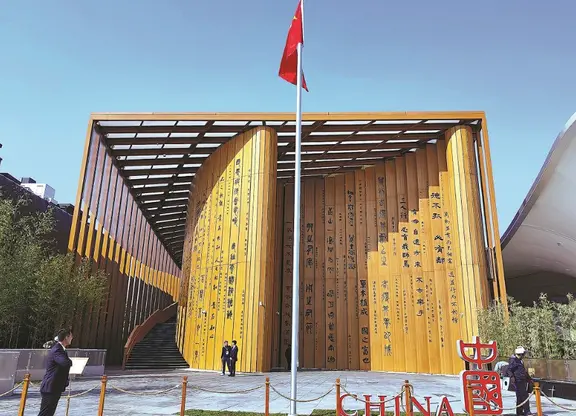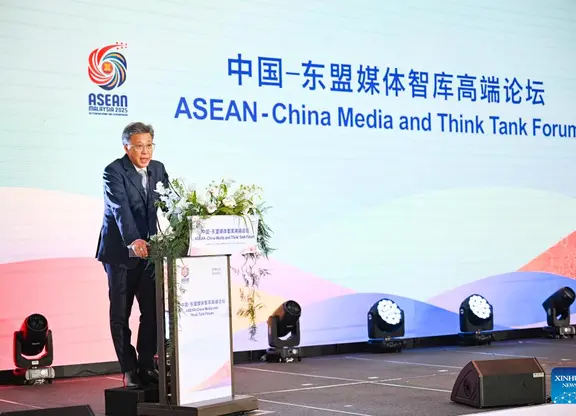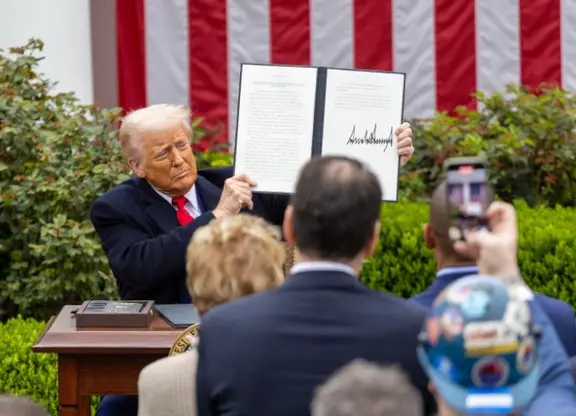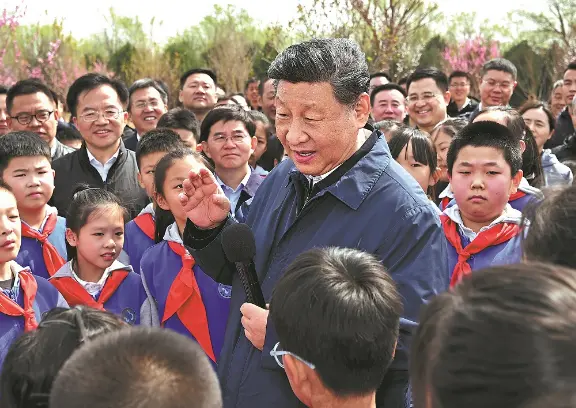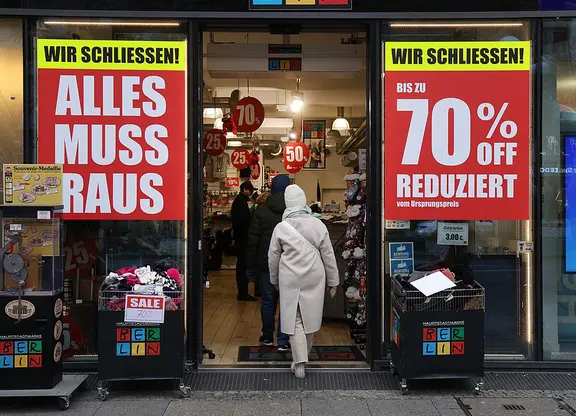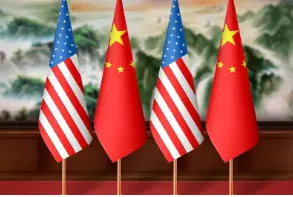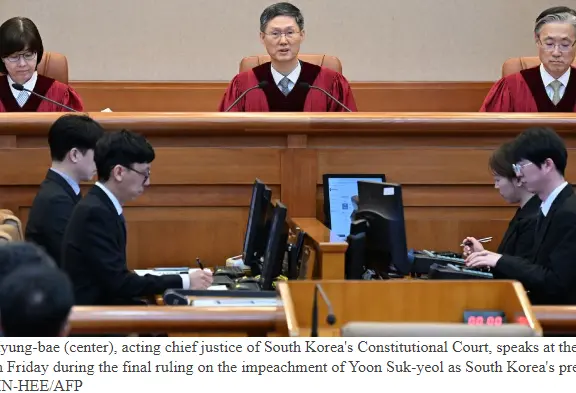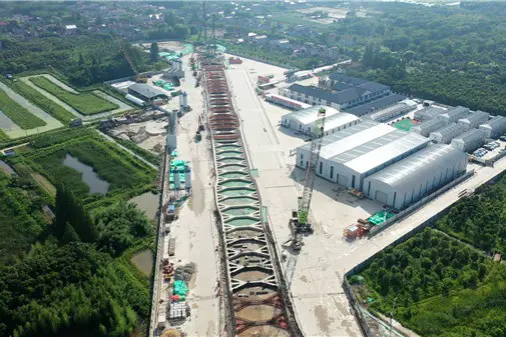Chinese higher education institutions will face a continuous student shortage and competition between them will be fierce, the education portal www.eol.cn claimed on Wednesday.
The report, just days ahead of Gaokao, the national college entrance exam, argues that the crisis demands higher education reform.
The national college entrance examination, a standardized test including Math, Chinese, English, natural and social sciences, is seen by many parents as the definitive way of changing their child's future.
Student shortage
According to a 2014 report the number of Gaokao candidates rose this year to 9.39 million, up by 270,000 from last year, following five consecutive years of decline. The population of age for Gaokao, however, will shrink until around 2020, and even after that Gaokao candidates will never reach previous highs.
The candidate population hit 10.5 million in 2008, decreased in 2009 and 2010, then stabilized in recent years. Higher education will inevitably face competition for students, reversing the trend of students jostling for admission.
Survival crisis
As the numbers of applicants decreases, the percentage of applicants admitted is on the rise. In 2013, the share reached a record high of 76 percent. In the central province of Henan, where the number of Gaokao candidates is among the highest, admissions have soared from 42 percent to 78 percent in five years.
As the supply and demand dynamics change, students can be more picky about colleges. Gone are the days when universities survived solely on providing diplomas, said Chen Zhiwen, editor-in-chief of www.eol.cn. Schools that are not up to scratch will struggle to survive.
Liu Ji'an of the University of Pennsylvania said that for some publicuniversities in China, tuition fees account for 30 to 40 percent of their income. Failure to enroll enough students may eventually lead to bankruptcy.
Chen Zhiwen, though, sees the survival crisis as an opportunity for the system, as the crisis will pressurize universities and colleges to reposition themselves. Only quality schools with distinct characteristics will survive.
Direction of reform
The www.eol.cn report also pointed out the severe homogeneity, or lack of distinct positioning, among institutions. In Hubei for example, of 67 colleges and universities in the province, 62 offer English majors, 57 have computer science and technology majors, and 42 offer law. This mass production of graduates in a homogeneous pattern compromises their comparative advantages in the job market.
In February, China's cabinet, the State Council, decided to develop vocational education, raising the idea of turning a number ofundergraduate institutions into vocational institutions.
Chen Zhiwen endorses the plan. He believes that a switch fromcomprehensive colleges to vocational and technical ones will not only help them to secure students, but will change the conventional mentality that vocational education is inferior.
In the central province of Henan, where the number of Gaokao candidates is among the highest across the nation, the admission rate has soared from 42 percent to 78.2 percent in five years.
Under such circumstances, schools that are not up to standard will face a survival crisis, the report said.
The country's national college entrance examination, the world's largest, is seen by many parents as an important way of changing their children's fate.
 简体中文
简体中文


